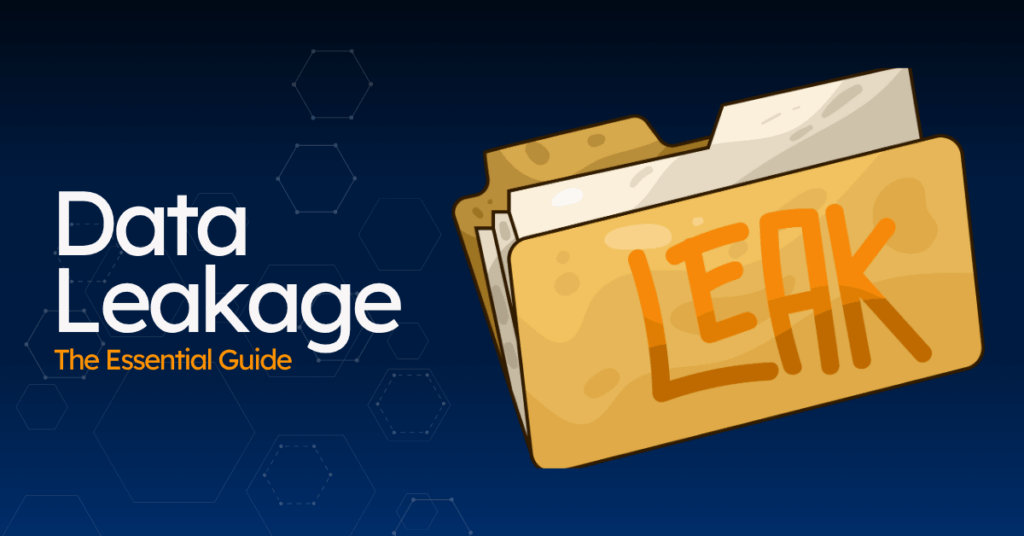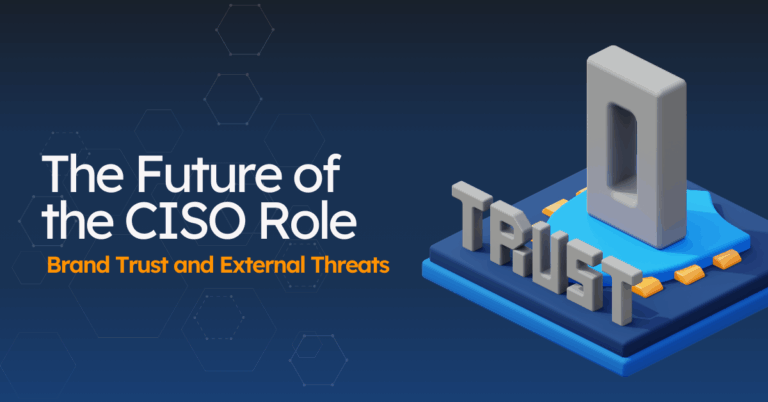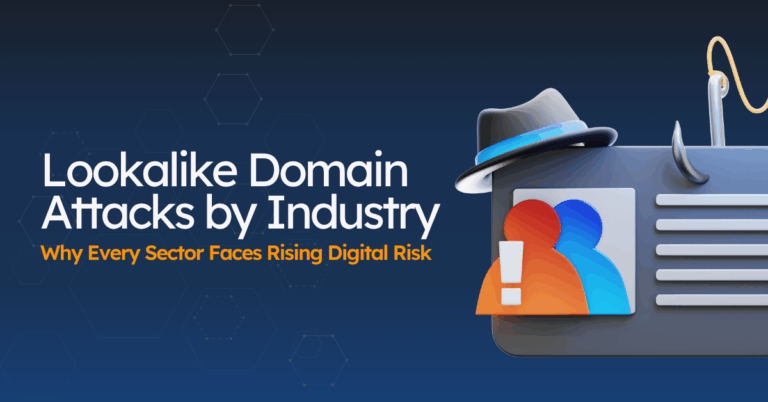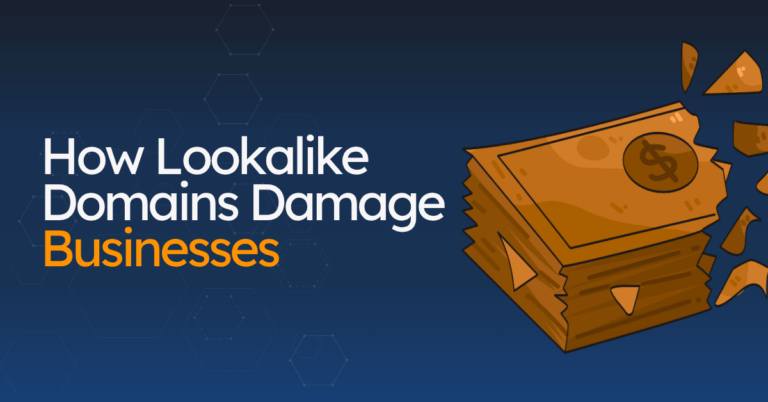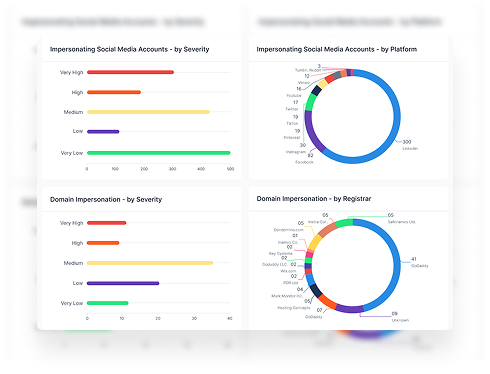Data leakage isn’t a cyberattack.
Do you know what it actually is? It’s a mistake.
But mistakes can still expose your most sensitive data — and go unnoticed until it’s too late.
This article unpacks how and why leaks happen, the risks they bring, and what steps you can take to stop them fast.
Let’s begin!
What Is Data Leakage?
Data leakage happens when sensitive or confidential information is exposed by mistake. It’s not a hack. It’s usually a human or system error — something left open, shared the wrong way, or stored in the wrong place.
Leaks aren’t always loud. They don’t need malware or brute force. A misconfigured cloud bucket, a wrong email, or a public code repo can quietly expose customer data, internal files, or credentials without anyone noticing at first.
Leaks often get lumped together with breaches, but they’re not the same.
A breach involves someone breaking in. A leak is someone leaving the door open. However, leaks often lead to breaches.
Common Causes of Data Leakage
Data leakage usually come from inside. Not because someone attacked you, but because someone made a mistake or something broke.
Here’s what often goes wrong:
- Human error: Sending the wrong file, copying something sensitive into the wrong system, or setting bad permissions.
- Misconfigured systems: Open cloud storage, exposed databases, weak firewall rules, or tools that default to “public.”
- Shadow IT and unsanctioned tools: Employees using SaaS apps, code repositories, or cloud services without oversight.
- Third-party access: Vendors or contractors exposing your data because they didn’t follow basic security practices.
- System failures and unpatched software: Bugs, missing updates, and old platforms that leave holes wide open.
- Weak access controls: Too many people have access to sensitive files, or former employees still have credentials.
- Lost or stolen devices: Laptops, USBs, or phones with unencrypted data that go missing.
- Bad password habits: Reused, weak, or stored passwords that attackers can easily find or guess.
- Public repositories: Devs accidentally pushing secrets, tokens, or credentials to GitHub or other shared platforms.
Most of these come down to one thing: bad hygiene. You don’t need a hacker to suffer a data leak. Sometimes, all it takes is one person not paying attention.

What’s at Risk When Data Leaks
Not all data leaks carry the same weight. Some can be handled quietly. Others can spiral into legal, financial, and operational chaos.
To know how much risk you’re carrying, you need to know what’s exposed — and how bad the fallout could get.
Here’s what’s most at risk when data leakage happens:
- Personal data (PII): Names, contact details, national ID numbers, health records. This kind of leak can trigger regulatory fines, lawsuits, and long-term damage to customer trust. Learn more about doxing and how to prevent it here.
- Financial information: Credit card numbers, bank accounts, and payment records. These leaks are magnets for fraud and can create direct financial loss.
- Medical and health data: Insurance details, prescriptions, diagnoses. Leaks here can lead to HIPAA violations and significant penalties, especially in the healthcare industry.
- Credentials and access keys: Usernames, passwords, tokens, API keys. These can lead to account takeover, internal pivoting, and total system compromise.
- Proprietary data: Source code, designs, R&D files, trade secrets. This is the intellectual property that gives your business an edge — and it’s often the most valuable thing to attackers.
- Customer or business data: Contact lists, pricing sheets, contracts, sales targets. This data makes it easier for bad actors to impersonate you, phish your clients, or target your team.
- Private communications: Emails, chat logs, internal memos. These can be damaging on a personal level or used to manipulate relationships and business deals.
- Infrastructure info: Cloud setups, network maps, firewall configs, internal tools. This data can give attackers a blueprint to hit you harder later.
- Third-party data: Information from vendors or partners that you’re responsible for. If they leak it, you’re still on the hook.
- Old or unprotected backups: Legacy systems and forgotten file stores often contain unpatched, unmonitored risk — and attackers know where to look.
The real problem?
You usually don’t know what’s out there until someone else finds it first. And by then, the damage may already be done.
Let’s look at how cybercriminals take advantage of exposed data and why speed is everything once it’s out.
How Cybercriminals Exploit Data Leakage
Once sensitive data leaks, attackers move fast. What looks like a simple file or email list to you could be a goldmine to them.
They don’t need much to launch an attack — and they know how to stretch even small leaks into something bigger.
Here’s how they use what they find:
1. Account Takeovers
Exposed usernames and passwords fuel automated attacks on email, apps, and internal systems.
2. Phishing & Social Engineering
Leaked customer or employee data helps them write emails that look real, tricking people into handing over even more sensitive information.
3. Identity Theft & Fraud
With personal info in hand, attackers apply for loans, fake identities, or commit insurance fraud.
4. Blackmail & Extortion
If the files are sensitive, they use them for leverage — threatening to leak them unless you pay.
5. Corporate Espionage
Trade secrets, plans, or source code can be sold or used to outmaneuver your business.
6. Doxxing
Attackers may expose names, emails, and private details to harass or target specific individuals.
7. Disruption
Some attackers don’t want money — they just want chaos. They leak or alter files to break trust or disrupt operations.
Even if the leak seems small, it’s often just the start.
In the next section, we’ll look at how it hits your business — and why fast action matters.
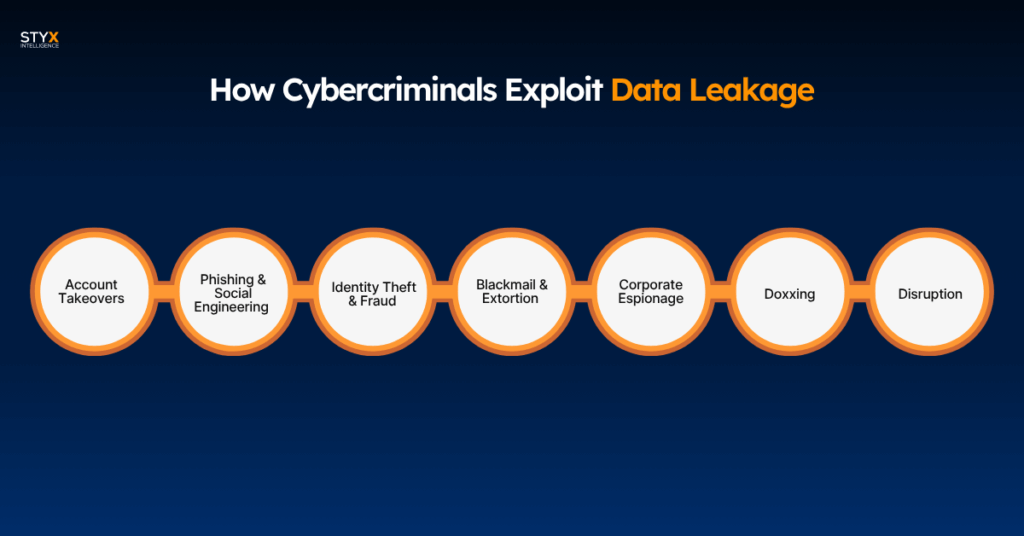
The Business Impact of Data Leakage
A single leak can spread fast. You lose control of the data — and the consequences can stack up quick.
1. Trust Gets Hit First
Customers expect you to protect their info. A leak breaks that. So does silence or slow response. Even a small incident can shake confidence and hurt long-term relationships.
2. Costs Add Up
You’ll spend time and money investigating, fixing systems, notifying people, and dealing with legal or compliance fallout. Add in potential lawsuits, fines, and higher insurance costs.
3. You Might Be Out of Compliance
Most industries have rules around sensitive data — GDPR, HIPAA, PCI, and more. A leak could mean you’re not following them, even if it wasn’t on purpose.
4. Reputation Damage Lingers
News spreads. If people find out through headlines instead of you, the hit to your brand will be worse. Some companies never recover from that kind of blow.
5. Operational Disruption
Leaks often force teams to pause or reroute normal work to handle the incident. That downtime means missed goals, delayed launches, or strained resources.
6. Customer Churn
People don’t wait around after a leak. If you lose their trust, they’ll walk. Competitors won’t hesitate to take advantage of that.
Worse: it rarely ends with one leak. Attackers often look for signs of weakness. That’s why catching it early — before it spreads — matters more than ever.
Learn more: The Future of Digital Risk Protection
Next, we’ll walk through how data leakage monitoring helps spot leaks early, so you can act fast.
How Data Leakage Monitoring Works
Strong monitoring starts by knowing where data lives — and where it might leak. A solid detection workflow should do six things well:
1. Identify
Scan cloud platforms, SaaS apps, public-facing assets, code repos, and vendor connections.
The goal: map your exposure across systems you own and ones you rely on.
2. Analyze
Catch risky configurations, open access points, and signs of exposed credentials or internal files — before they show up elsewhere. Fix what you can, and start monitoring.
3. Monitor
Track public, deep, and dark web sources for leaked data — like passwords, secrets, documents, and personal info. Watch the forums, marketplaces, paste dumps, and open buckets attackers use.
4. Prioritize
Not every leak is critical. Digital risk scoring highlights what’s sensitive, where it appeared, and how likely it is to be used. That helps you act faster, with less noise.
5. Remediate
Once a leak is confirmed, revoke exposed access, rotate credentials, or take down public files. Good systems should plug the hole, not just point to it.
6. Report
Log every exposure with context: where it came from, what it involved, how long it was public, and who needs to know. That helps teams close gaps and prevent it from happening again.
That’s it.
Now, what are the key features you should look for?
Key Features to Look for in a Data Leakage Monitoring Solution
Most tools say they detect leaks. Fewer give you the context, speed, and scale you need to act on them.
Here’s what to look for in a solution that works:
- Full-scope coverage: The tool should scan the public web, deep/dark web, code repositories, open cloud storage, paste sites, and third-party sources. Gaps here mean missed leaks.
- Detection at the file level: It’s not enough to spot keywords. You want to catch full documents, code snippets, credentials, keys — anything sensitive that shows up where it shouldn’t.
- Context-rich alerts: Each alert should include what was leaked, where, when, and how it connects to your systems or teams. You need facts, not noise. Learn more about how we do it here.
- Smart filtering and validation: Look for tools that reduce false positives using metadata, correlation, and threat intelligence. You want real leaks, not old news.
- Built for scale: Whether you’re watching a handful of assets or a growing ecosystem, the tool should scale with you — no slowdown, no blind spots.
- Risk-based prioritization: Not all leaks are urgent. Good tools help you focus on what matters most based on data type, exposure scope, and threat signals.
- Built-in remediation support: From taking down public files to rotating exposed keys, your solution should help you act — not just alert.
And features alone don’t solve the problem. What matters is what you do after you find a leak.
The right solution helps you respond fast — with clear context, integrated takedowns, and guided remediation workflows.
That means less time chasing alerts, and more time fixing what actually puts your business at risk.

Challenges and Limits
Data leakage monitoring isn’t perfect. It helps close blind spots, but it doesn’t give you full coverage. Encrypted channels, private repos, or closed internal tools may hide leaks from detection.
False positives can waste time — especially when alerts come from staged leaks, outdated info, or harmless exposure. Without clear context, it’s hard to tell what matters.
There’s also a delay. By the time a leak shows up, someone may have already seen or used the data. That’s why fast triage and response are key.
And tools need teams behind them. Without defined roles, clear workflows, and runbooks in place, even good alerts go nowhere.
Strong monitoring helps — but what makes the difference is how fast you can act when it counts.
Preventing Data Leaks: Why It Matters & What to Do
Data leaks are one of the easiest ways to lose control of sensitive information. They don’t always come from an attack. As you know, most come from inside: a mistake, a misconfiguration, a missed update.
Once exposed, the data is out. It can lead to fines, lawsuits, fraud, and long-term damage to trust.
To prevent leaks, start with the following:
- Know your data: Audit and classify what you store. You can’t protect what you can’t see — especially in fast-moving cloud environments. Classifying data also helps you spot unnecessary access and tighten permissions.
- Set access limits: Use role-based access controls. Keep sensitive data on a need-to-know basis and regularly clean up old permissions.
- Encryption: Data in transit and at rest should always be encrypted. If a file leaks, encryption gives you a second layer of protection.
- Fix misconfigurations: Public S3 buckets, open shares, exposed APIs — they’re common and dangerous. Scan regularly and fix misconfigurations fast.
- Patch without delay: Unpatched software is an open invitation. Keep your systems up to date and reduce your attack surface.
- Watch your vendors: Third-party access is a growing risk. Vet your vendors, review contracts, and monitor their security posture continuously.
- Train your team: Most leaks start with someone making a mistake. Teach them how to spot phishing, use strong passwords, and share data safely.
- Use the right tools: DLP and data leakage monitoring can alert you to issues before they become incidents. Look for tools that monitor cloud storage, endpoints, and dark web exposure.
- Prioritize the right data: Not all data is equal. Focus your protections on the most sensitive assets — PII, IP, credentials, and customer information.
- Have a plan: Even with the best defences, something might slip. Disaster recovery and clear communication steps help you bounce back fast.
- Monitor for leaks: Good monitoring tools help you catch problems early — misconfigurations, exposed data, or signs that something’s gone wrong. They cut response time and let you fix leaks before they spread.
Preventing leaks takes both tech and habits. Strong monitoring tools help, but so do clear policies and a culture of care around data.
What to Do When Data Leakage Happens
No matter how strong your defences are, leaks can still happen. What matters is how fast you act.
- Confirm the exposure. Don’t panic — verify the data, the source, and who had access.
- Isolate the risk. Lock down any compromised accounts, systems, or files. Shut the doors before more gets out.
- Rotate credentials. If usernames, passwords, or keys were exposed, change them right away.
- Check your vendors. If the leak came from a third party, push for answers. Make sure it doesn’t happen again.
- Report if needed. If the data includes regulated info (like PII or health data), follow disclosure rules.
- Fix the cause. Patch the vulnerability, plug the misconfig, train the team — whatever it takes.
- Learn from it. A leak should turn into a lesson, not a trend.

Real-Life Data Leakage Scenarios
1. Misconfigured cloud bucket exposes customer PII
A company stores customer contact info in an S3 bucket. No password, no restrictions. It gets indexed by search engines and scraped. Emails, phone numbers, and addresses — all exposed. The company finds out weeks later, after a customer complains about spam.
2. Employee uploads code with hardcoded keys to GitHub
An engineer pushes a repo with API keys baked into the code. A bot scans GitHub, finds the keys in minutes, and sells access on a forum. Attackers use them to scrape sensitive data from internal systems.
3. A vendor leaks files via unsecured file-sharing link
A third-party marketing agency shares customer data using a public Google Drive link — no expiration, no access control. Someone stumbles on the link, downloads the file, and uploads it to a paste site.
4. Insider sends a spreadsheet to the wrong email
An HR manager intends to send payroll data to finance. Instead, it goes to an external address with a similar domain. The spreadsheet includes names, salaries, bank info — and the email is never answered.
5. Old dev server left running, open to the internet
A company uses a test environment for staging updates. It mirrors real data — but no one locks it down. Months later, someone finds it through a search engine, dumps the data, and starts phishing employees.
Leaks happen when you least expect them. What matters most is how prepared you are to identify them early, shut them down fast, and learn from them.
Want to see how it works in real life?
Book a demo and see how we help you detect and act on data leakage before it damages your brand’s reputation and trust.

